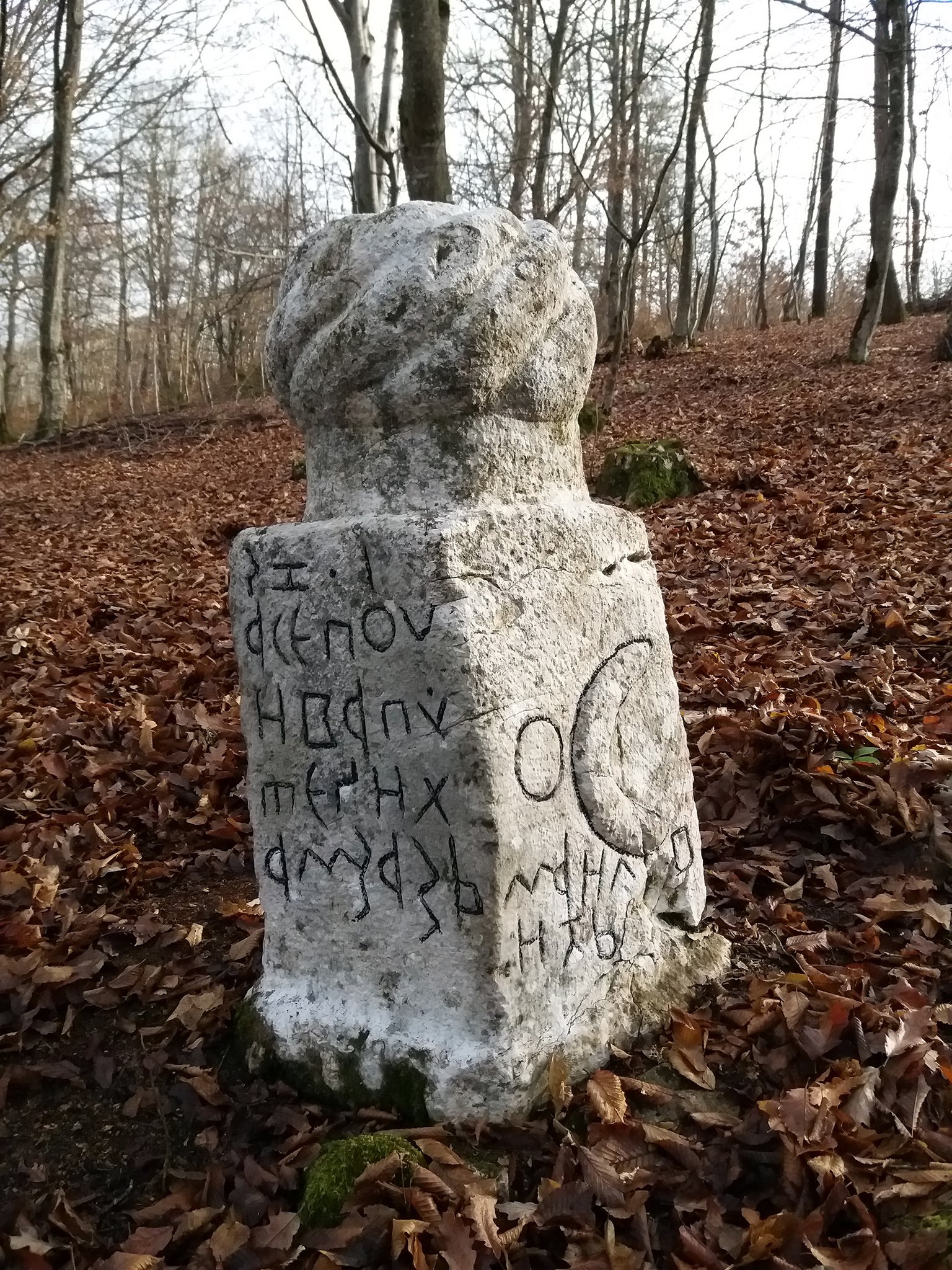
20:
INTERWEAVING
-

INTERWEAVING
Due to its geographic position, Bosnia and Herzegovina found itself in the whirlpool of turbulent historical events which, over time, shaped its cultural code the recognizable feature of which is a product of interweaving of the ancient Illyric and powerful cultures of the East and the West.
-
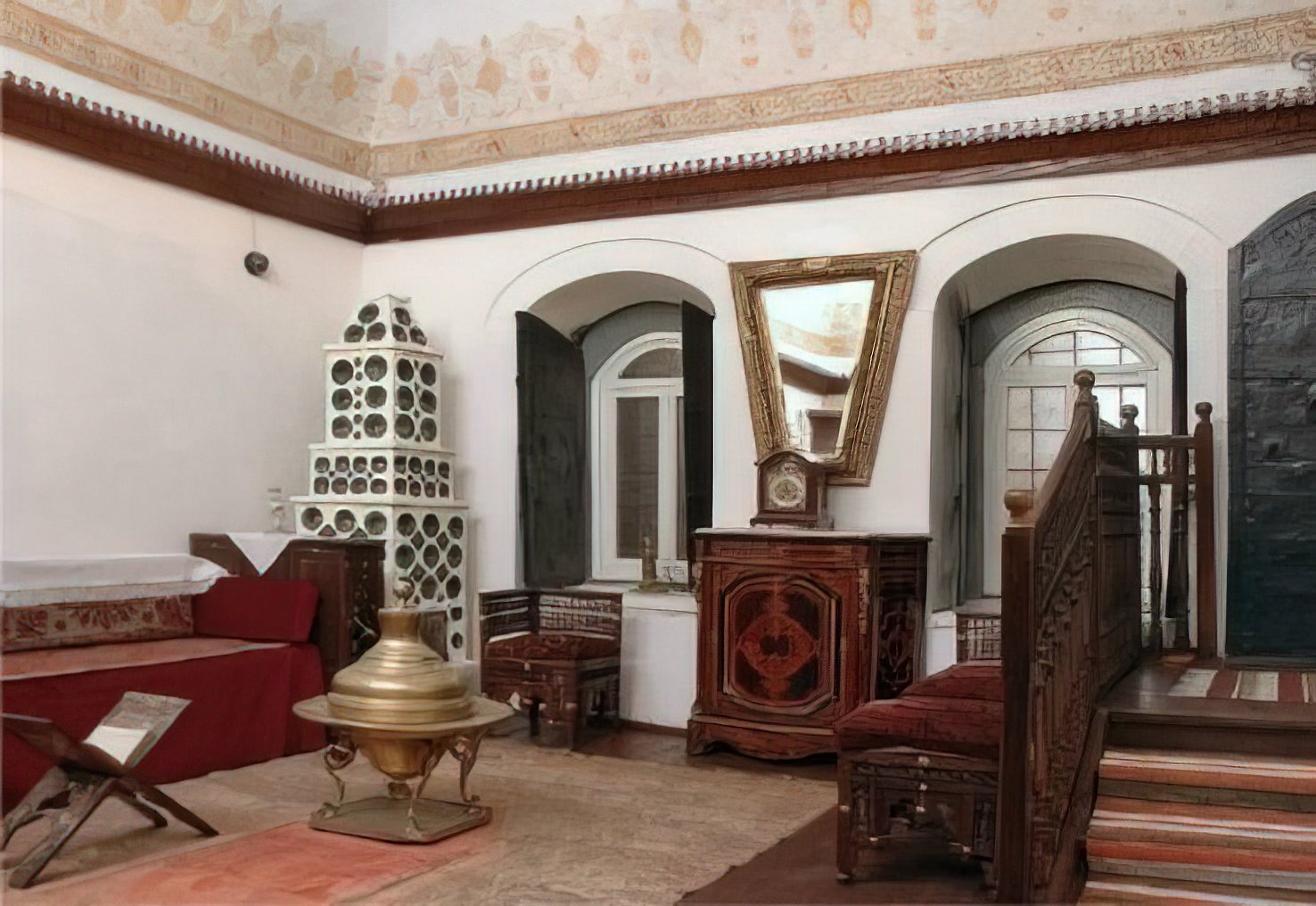
ENCOUNTER BETWEEN ALATURKA AND ALAFRANGA WORLDS IN BOSNIAN HOUSES
The arrival of Austro-Hungarian administration brought about great changes in the area of urban planning and architecture in Bosnia and Herzegovina, due to the encounter between two cultural-civilizational circles, which were not necessarily opposed categories but rather supplemented and built upon each other.
-

PODVELEŽJE
Continuity of burial through the centuries: tumuls and gradinas, nišan tombstones and bašluks.
-

ENCOUNTER OF CULTURES IN ARTISTIC SHAPING OF STEĆAKS AND NIŠANS
The most representative monuments of artistic production in medieval Bosnia are stećaks – tombstones which testify of a unique cultural and artistic phenomenon within sepulchral practices at the European and global level.
-

DOVIŠTE – THE RESERVOIR OF SPIRITUAL HISTORY OF BOSNIAKS
A characteristic tone to the ritual practice of Bosniaks is provided by the tradition of visits to dovištes (pilgrimage sites).
-

FIRST FORMS OF NIŠANS IN THE VILLAGE OF OSOVO NEAR ROGATICA
One does not have to be an expert to notice that our forests and meadows hide many traces from the past, which clearly indicated a fairly long continuity of life in these regions.
-
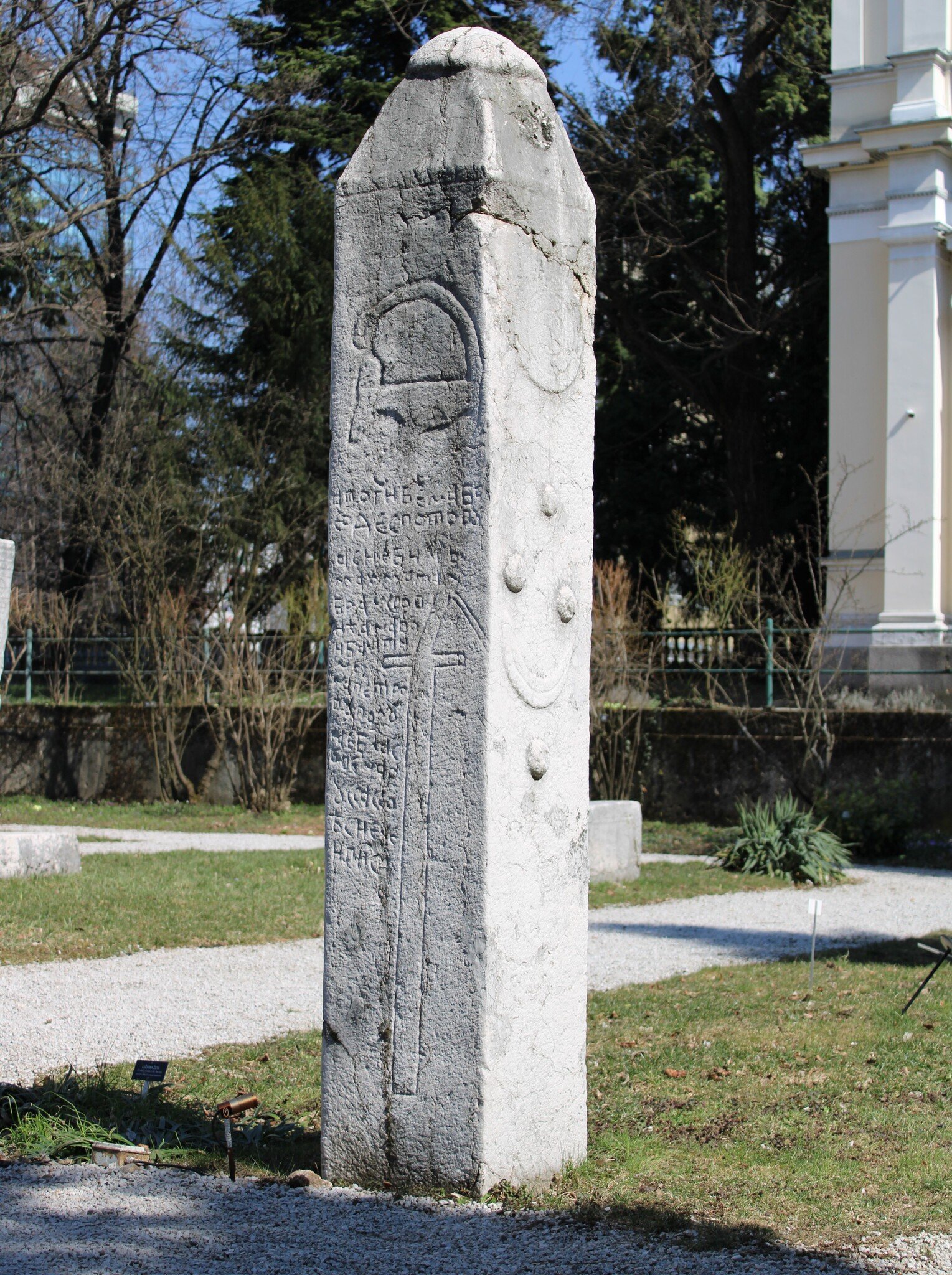
FIRST ISLAMIC EPIGRAPHS IN BOSNIA AND HERZEGOVINA
The Middle Ages spawned the first form of nišans (Islamic tombstones) from the early stage in our regions, and for this reason a strong tinge of medieval culture can be observed on them.
-

JURJEVDAN, ILINDAN (ALIĐUN) AND CHRISTMAS IN THE FOLK CULTURE OF BOSNIAKS - MUSLIMS
Until the emergence of modern technical aids in agriculture, people fully depended on moody forces of nature: the Sun, rain and wind. The man very early realized that the quality of life depended on the Sun and, to ensure affection of this precious celestial body, began to consider the Sun a deity.
-
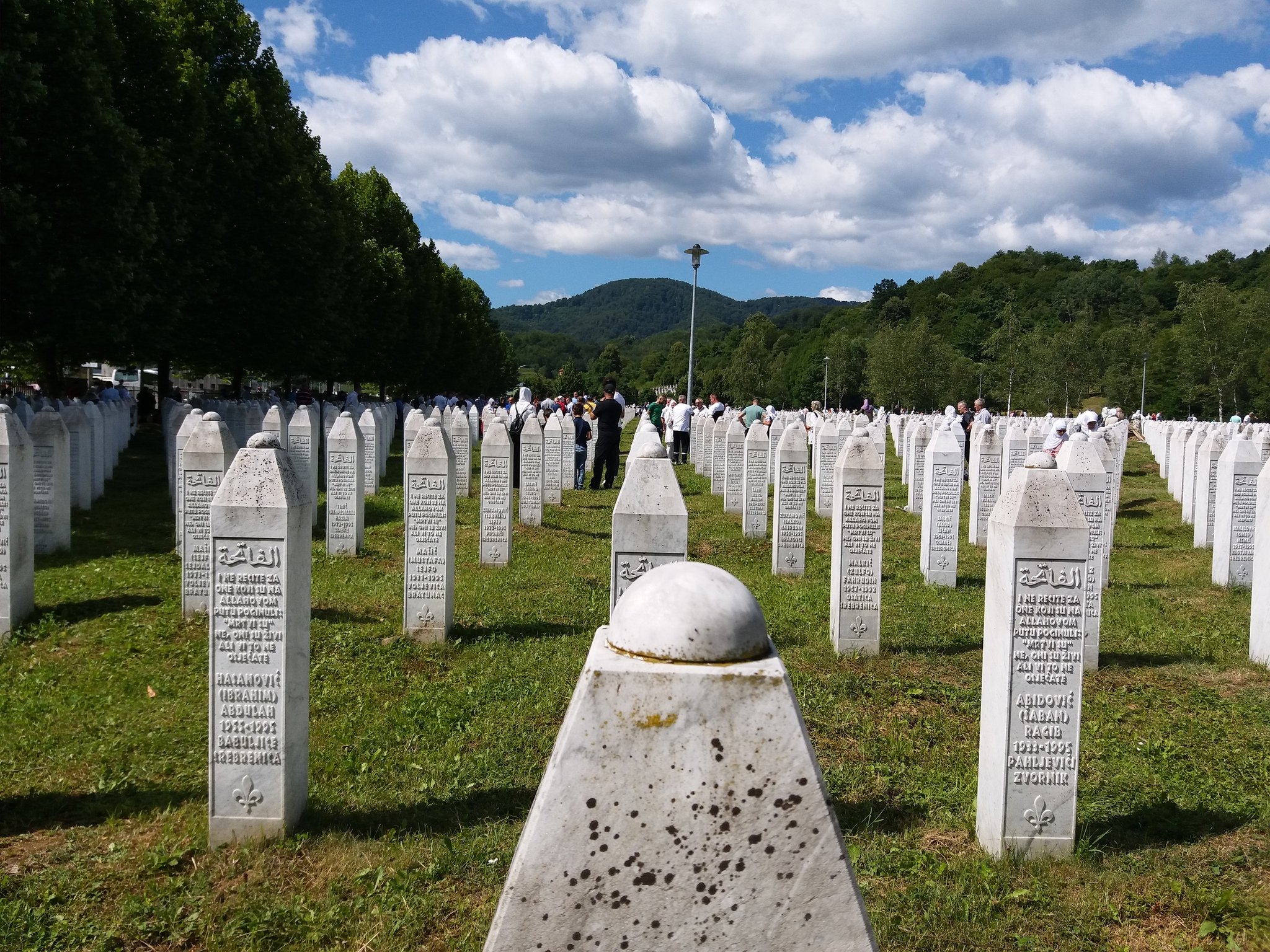
SHAHID NIŠANS – WITNESSES OF CENTURIES-LONG TURBULENT PAST
Although the practice of making nišans (Islamic tombstones) in accordance with the social status of the deceased person came into use in the mid-17th century, one kind of Bosnian nišan has this significance from its early period.
-

FETHIJA MOSQUE/CHURCH
Jajce, Bosnia and Herzegovina
-

KUŠLAT: A MOSQUE ON THE ROCK
About twenty kilometers south of Zvornik, above the mouth of rivers Jadra and Drinjača, one can still see ruined remains of the medieval town of Kušlat and a renewed mosque with the wooden minaret.
-
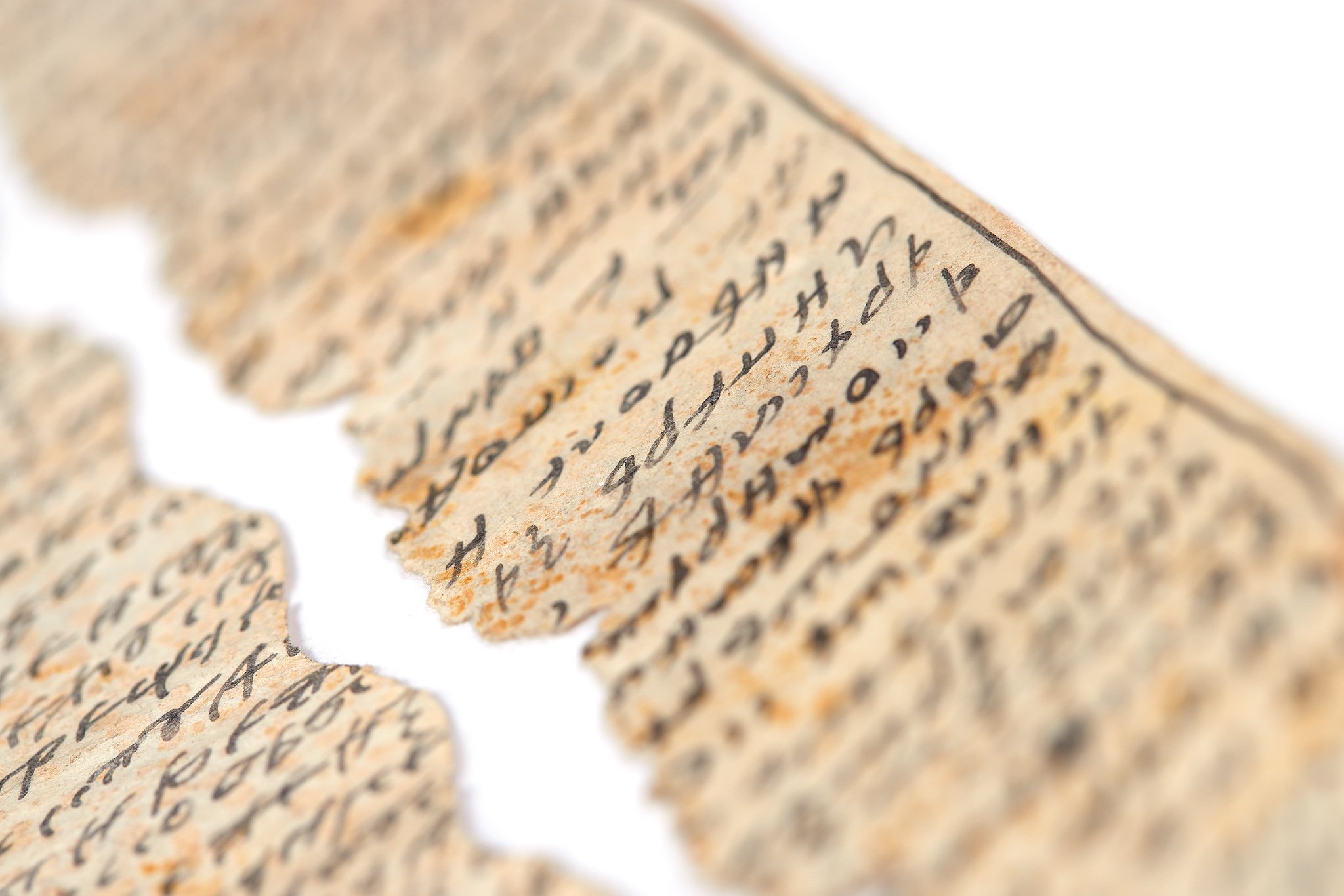
THE RECORD OF KUNOVO: BOSNIAN CHURCH AND FIRST MUSLIMS
In the early 1970s, Muhamed Hadžijahić referred to the so-called Record of Kunovo as an interesting example of syncretic elements in Islam in Bosnia and Herzegovina, which lingered longest among people and in folk customs and beliefs.
-

SYNCRETIC ELEMENTS IN FOLK BELIEFS: THE LINDEN TREE AMONG BOSNIAN MUSLIMS
In one of his pioneer studies of history and culture of Islam in Bosnia and Herzegovina, Muhamed Hadžijahić (1918-1986) discussed some poorly researched phenomena, which portray specificities of the worlds of Bosnian Islam in an interesting way.
-

EARLY STAGE OF MAKING STEĆAK-LIKE NIŠANS IN BOSNIA AND HERZEGOVINA
It is well known that arrival of a new culture always brings about certain changes. Thus, arrival of Ottoman administration was accompanied with changes is daily life of local population.
-

ABOUT A PHENOMENON OF FORGIVENESS IN BOSNIAN ISLAMIC AND CHRISTIAN TRADITION
Even when he dies, the man remains a social being, the more so if he is a believer and an active member of a religious community.
-

DERVIŠ OF ĐURĐEVIĆ: TIMELESS WEALTH OF DIVERSITY
All noblemen from Dubrovnik were mischievous and unbridled in their youth, but Stijepo Đurđević Giman (1579-1732) really stopped at nothing.
-

ARCHITECTURE OF WHITE WALLS AND COLORFUL GARDENS AND KILIMS
The traditional Islamic architecture in Bosnia and Herzegovina is powerfully characterized by the tradition of “whitening walls”, primarily the outside ones, while the interior walls were regularly whitened in residential, as well as in sacral architecture, with the exception of the most significant, mostly domed mosques.
-

MILITARY NIŠANS IN BOSNIA AND HERZEGOVINA
The Ottoman Empire was distinctive in many things, among others by titles of dignitaries and officers and the way of their ranking.
-

DERVISH NIŠAN TOMBSTONES IN BOSNIA AND HERZEGOVINA
The significance and influence of Sufism in Bosnia and Herzegovina during the Ottoman period was very strong and prominent.
-

THE FORTRESS IN OSTROŽAC NEAR CAZIN
With medieval, Ottoman and Austro-Hungarian layers
